In This Article
- Legacy Systems: Background & Risks.
- Why should companies update their legacy systems?
- Intergy - How we modernise and migrate a legacy system
- The Final Verdict.
Legacy Systems: Background & risks
In their article “The Road to Agile Legacy Modernisation”, Accenture highlights that modernising legacy systems enables organisations to adopt agile practices, leverage cloud services, and integrate emerging technologies like AI, ML, and IoT. This in turn fosters business agility, innovation, and the ability to quickly adapt to changing market needs.
Why should companies update their legacy systems?

Enhanced Performance and Efficiency
Legacy systems often suffer from outdated technology, inefficient processes, and performance bottlenecks. Updating to modern systems can leverage advancements in hardware, software, and algorithms, resulting in improved speed, scalability, and overall system efficiency.
Improved Security
Outdated systems may have vulnerabilities and lack robust security measures, making them susceptible to cyberattacks and data breaches. Upgrading to newer systems with up-to-date security features and protocols can help safeguard sensitive information and protect against evolving threats.
Compatibility and Integration
Current applicationsmay struggle to integrate with modern technologies, applications, and APIs, limiting the company's ability to collaborate with partners, leverage cloud services, or adopt emerging technologies. Updating the systems ensures compatibility with newer platforms, enabling better interoperability and system integration.
Enhanced User Experience
Outdated systems often have outdated user interfaces and limited user-friendly features. Upgrading to modern systems can provide a more intuitive and engaging user experience.
Support and Maintenance
With time, the availability of skilled resources and technical support for legacy systems may decline. Upgrading to newer systems ensures ongoing vendor support, access to a broader talent pool, and compatibility with the latest development tools and frameworks.
Business Agility and Innovation
Legacy systems may hinder business agility by restricting the company's ability to respond quickly to market changes and implement new strategies. Upgrading allows organisations to adopt agile methodologies, leverage cloud computing, enable mobile capabilities, and embrace emerging technologies like artificial intelligence (AI) and machine learning (ML).

Intergy - How we modernise and migrate a legacy system
- Evaluate the Existing System - First, we gain and understanding of the current system's architecture, components, functionality, and limitations. Identify pain points, technical debt, performance issues, and areas that need improvement. Analyse dependencies, integration points, and external interfaces.
- Define Goals and Requirements - We work with you to clearly define the objectives and expected outcomes of the system rewrite, identifying the functional and non-functional requirements for the modernised system. We also consider scalability, performance, security, maintainability, and future growth.
- Develop a Comprehensive Plan - From here, Intergy can create a detailed project plan, including timelines, resource allocation, and milestones, further defining the project scope, prioritised features, and establishing a clear roadmap. We generally consider a phased approach or prioritise critical modules for incremental implementation, and use Azure Boards for visibility.
- Design the Modernised System - Identifying the target technology stack and architecture that aligns with business goals is imperative for any modernisation project. Intergy can design the system's components, modules, data models, and user interfaces to your liking. We also ensure the new system integrates well with existing infrastructure and external systems.
- Break Down the Rewrite into Modules - Next, we divide the system rewrite into smaller, manageable modules or services, prioritising modules based on business value, technical complexity, and dependencies. Intergy also develop and test each module iteratively to ensure functionality and compatibility.
- Develop and Test the Modernised System - In the testing phase, we implement the new system using modern development practices and tools, using agile methodologies for iterative development, frequent feedback, and continuous improvement. Perform comprehensive testing, including unit tests, integration tests, and user acceptance tests.
- Data Migration and Integration - Plan and execute the migration of existing data to the modernised system. Ensure data integrity, consistency, and validation during the migration process. Establish seamless integration with external systems, APIs, and data sources..
- User Training and Change Management - Intergy can also provide user training and documentation to facilitate a smooth transition to the new system. You can then decide how to best communicate the benefits and impact of the modernised system to stakeholders, plan for change management to address any user resistance, and ensure successful adoption.
- Deploy and Monitor - Finally, we deploy the modernised system in a controlled manner, considering backup and rollback strategies. This enables both Intergy and our clients to monitor the system's performance, stability, and user feedback post-deployment. We can then work together to continuously monitor and refine the system based on user feedback and evolving requirements.
- Retire the Legacy System - After deployment, Intergy recommend considering a gradual phase-out of the legacy system while ensuring a seamless transition for users. Plan for data archiving, system decommissioning, and retirement of hardware or infrastructure. Throughout the process, collaboration between business stakeholders, development teams, and IT operations is crucial. Regular communication, change management, and monitoring progress against the defined goals will help ensure a successful and effective rewrite of legacy systems in modern technology. At Intergy, we can also provide any ongoing support needed, and can work with you to facilitate continuous improvement after the migration is complete.




